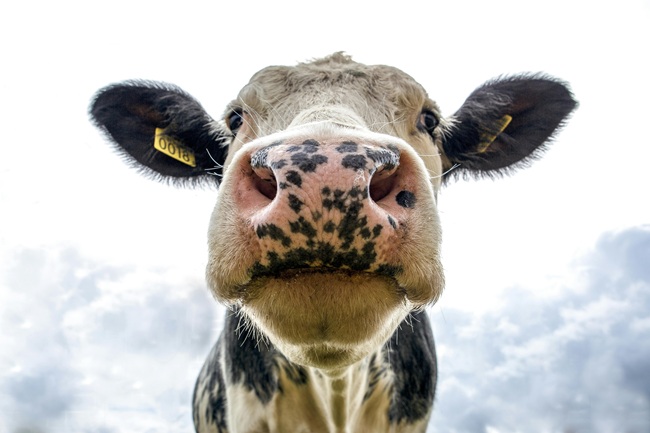
Milking equipment function can have a profound negative impact on teat end health and overall milk quality. On the flip side, if we properly maintain equipment function, we can positively impact the bottom line, udder and teat health, bulk tank somatic cell count and ultimately milk quality. It is important to remember that the goal of milking is to harvest as much milk as possible as efficiently as possible. However, this is a careful balancing act between efficiency and teat end health.
Vacuum improperly set may have a negative effect on udder and teat health, but when properly balanced with pulsation, we can optimize milk harvest while minimizing the damage. Vacuum level at the teat end may be considerably different from that at the pump. The difference is dependent on a variety of factors including restrictions from milk line sizes, milk tube sizes, milk flow sensors and volume of milk flow itself. Pump capacity and system airflow efficiency may also play a factor, but the parameters mentioned above play the largest roles. Ultimately, it is the vacuum level at the cow and not system vacuum level that impact udder health.
A vacuum level that is below optimal conditions will result in longer milk-out times, reduced harvest and poor parlor efficiency and the potential of damaged teat tissue. Conversely, vacuum level higher than optimal (which is more likely the case) can cause edema in the teat tissue and hyperkeratosis, poor milk out and in turn, an increase in the bulk tank somatic cell count and the potential for reduced udder health and milk quality. The optimal teat end vacuum level at peak milk flow will vary with inflation, but in general, will range from 10.5”-12.5” Hg. Your equipment dealer should provide the appropriate information for the liner in use on your operation.
Pulsators will easily become dirty and air inlets can become plugged. Also, the wear of various pulsator components may ultimately have a negative effect on performance. If not properly cleaned and maintained, this will impact the function of the pulsators. Improperly functioning pulsators can result in suboptimal massage and reduced teat and teat end health resulting in poor milk out and performance. The pulsator ratio should be approximately 60:40 to 65:35 and in some cases 70:30. A full parlor evaluation should be done twice yearly, and this includes testing all pulsators, teat end vacuum at peak milk flow, system vacuum in several locations and air flow capacity. Any components not performing properly should be fixed or replaced. The efficiency of various components of a milking system should also be evaluated.
Dairy Pipeline: Christina Petersson-Wolfe, Extension Dairy Scientist, Milk Quality & Milking Management, Virginia Cooperative Extension.
Related Articles & Free Email Newsletter
Foods That Are Not Safe or Good for a Horse
How to Identify the Symptoms and Treatments for Scours in Goats


Comment here